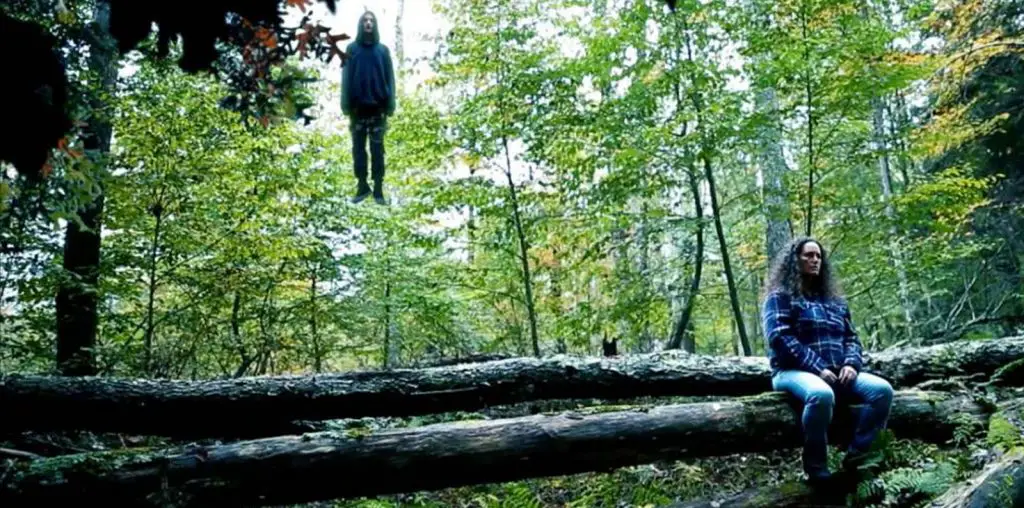
Twenty-five years ago, the American Film Institute issued a list of the Top 10 Most Wanted Lost Films. Since that time, two of the films on the list were located with extant prints and several others saw miscellaneous reels turn up.
But while the AFI only did one go-round on the Lost Films list, here at Film Threat we are still looking for lost classics. Here is Part 3 of our ongoing series of the most sought-after Lost Films, in alphabetical order.
1. “The Audion” (1922). This animated short film was produced by Western Electric and designed to offer a demonstration of sound-on-disc recording technology. The film itself was a demonstration of how a vacuum tube worked. The film’s first screening at Woolsey Hall on the campus of Yale University in New Haven, Connecticut, was a success and it encouraged Western Electric to continue its development of sound films. Five years later, “The Jazz Singer” opened commercially and forever changed the way movies were made.
WHY IS IT LOST? The film was an experimental project and was not meant for commercial release. After it served its purpose, it was either discarded or forgotten. Details on “The Audion” are scarce (special thanks to Scott Eyman’s wonderful book “The Speed of Sound” for the information provided here).
2. “In Holland” (1929). Fox Studios brought the Broadway comedy team of Bobby Clark and Paul McCullough to Hollywood to star in a series of early talkies. These films, which ranged from two to five reels, were a grab-bag of the team’s classic stage routines mixed with various musical acts. Film history Aaron Neathery believes this film, which ran about 50 minutes, might have been among the team’s best thanks in large part to the gifted comedy director Norman Taurog being at the helm. Yet aside from an amusing publicity still of the team in traditional Dutch costumes, nothing more is known of it.
WHY IS IT LOST? Many early talkies were improperly preserved and either deteriorated or were thrown away. This was among the many that vanished.
3. “Life Without Soul” (1915). The first film adaptation of Mary Shelley’s novel Frankenstein was made in 1910 by Thomas Edison and was considered lost for decades until an extant print turned up in a private collection. The second film version of the Shelley classic changed the title to “Life Without Soul,” changed the name of the wacky doctor from Victor Frankenstein to William Frawley, and gave the story more running time (70 minutes, compared to Edison’s compact 15 minutes version). The monster, played by Percy Darrell Standing, was called “the brute man” and was brought to the screen with relatively little makeup.
WHY IS IT LOST? Despite fine reviews, this independent production only received a spotty release. The production company went out of business and the prints were not preserved.
4. “Man in the 5th Dimension” (1964). During the 1964 World’s Fair in New York, Billy Graham built a pavilion highlighting his ministry. Key to this pavilion was a film shot in the widescreen Todd-AO process which highlighted Graham’s view on the world situation and how salvation could come about through the embrace of the Bible. The film was never shown theatrically, making it the only Todd-AO title designed strictly for non-theatrical presentations. After the fair closed, Graham’s ministry sent 16mm prints out and released an LP of the film’s soundtrack.
WHY IS IT LOST? Since the film was never commercially released, there was no perceived value beyond its initial World’s Fair screening. The original Todd-AO prints are believed to be lost; if anything exists, it would probably be a 16mm print.
5. “The Mystery of the Mary Celeste” (1936). Bela Lugosi went to London to star in this creepy film, based on a true story, about a ship which is found in the ocean without any person on board. The film offered a broad theory on why the crew disappeared at sea, and of course Lugosi had a key role to play in the shenanigans. The film was not a commercial success in England, so for its American release this 90-minute film was cut by a half-hour and released as “Phantom Ship.”
WHY IS IT LOST? Who knows? No one in Britain has a copy of the original 90-minute version. All that survives is the truncated American release.
The story continues in part two of FILM THREAT’S TOP 10 LOST FILMS, PART 3>>>

